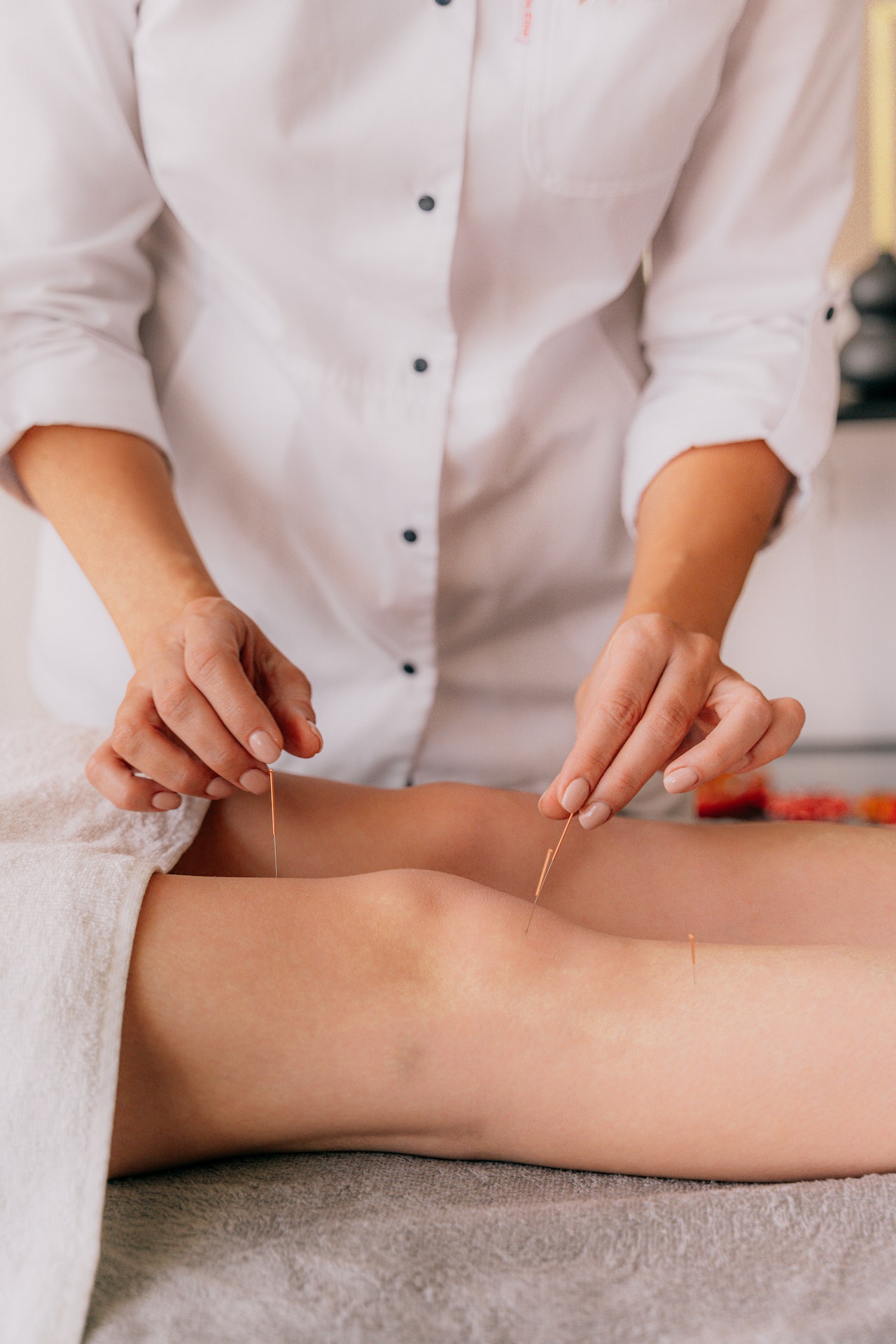As an Acupuncture practitioner, you will inevitably receive questions from your patients about soreness or pain after Acupuncture. Understanding if and why soreness might occur is important for setting your patient’s expectations and assisting them with completing their treatment.
So can you be sore after Acupuncture? Unfortunately, muscle soreness is a common side effect of Acupuncture. While it doesn’t always occur in all patients, soreness can last from just a few hours to up to 72 hours. Intensity can depend on the area being treated, personal tolerance levels, and how many treatments the patient has received.
Read on to find out more about why soreness can occur, how long it will last, and if it’s a good sign or not.
Why Can It Feel Sore After Acupuncture?
The cause of Acupuncture soreness is thought to be a result of neuromuscular damage from the needle, as well as the body’s inflammatory and haemorrhagic response to the procedure [1].
The most common reason is that blood flow in the capillaries near the insertion site will temporarily increase after the needle is inserted into the skin. Increased blood flow such as this can cause soreness or throbbing, which can last for a few hours after the needle has been removed [2].
From insertion, or when the Acupuncture practitioner rotates or manipulates the needles, it can slightly tear the muscles like an intense workout can, so soreness similar to delayed onset muscle soreness (DOMS) can occur for the next couple of days [3].
How Long Does It Take for Acupuncture Pain to Go Away?
The severity of the muscle soreness will depend on a range of factors, from how many treatments the client has received, to the area of the body that’s being treated. Generally, patients may experience muscle soreness from just a few hours post-treatment to a maximum of 72 hours after treatment [1], [3].
While mild post-acupuncture pain isn’t a major concern for Acupuncture practitioners, it can be extremely distressing and debilitating for patients with low pain thresholds or high levels of soreness. A 2018 study showed that high soreness levels and low initial results can lead to patients abandoning treatment altogether and missing out on its potential benefits. Therefore it’s important to adequately prepare your patients for the possibility of initial soreness post-treatment [1].
Is It Good to Be Sore After Acupuncture?
Is Acupuncture painful? It shouldn’t be. After Acupuncture pain is generally considered a minor complication of Acupuncture, and is usually nothing to worry about. Many patients will experience soreness, particularly after their first treatment. If you’re concerned about the safety of your clients, read our blog on if acupuncture is safe.
Clients experiencing soreness after treatment is not only normal, it can be a good sign that the treatment is working effectively. This shows that your treatment is helping them to break through tight, stiff, and constricted areas that were previously the cause of discomfort. This can be particularly prevalent if the practitioner uses techniques closer to dry needling, which can use deep needling techniques [1]
For some patients, soreness can fade away in 24 hours, however in some cases it can take as long as 72 hours. If post-Acupuncture soreness lasts longer than 72 hours, it is recommended that the patient contacts their practitioner for advice [3]
Final Thoughts
Experiencing soreness or mild pain after Acupuncture is a common minor side effect of Acupuncture that can occur in many patients. The most common feeling that is described is similar to that of delayed onset muscle soreness (DOMS), and it can last from a few hours to up to 72 hours. The intensity will vary depending on the patient, area of treatment, and how many treatments they have received.
Because the treatment has shown to be an effective treatment for muscle tension, the benefits are generally considered to outweigh the soreness, similarly to heavy exercise or a deep tissue sports massage.
You can find out more about Acupuncture in our recent blogs:
- Can Acupuncture Help Cluster Headaches?
- Can Acupuncture Help With Hot Flashes?
- Can Acupuncture Help a Pinched Nerve?
Are you a healthcare professional that is looking to include Acupuncture as a part of your practice? Breeze Academy offers a range of CPD Acupuncture and Entry Level Acupuncture courses that cover everything you need to learn to safely and effectively practise Acupuncture. No matter where you are in the UK, we’ll have a course for you with courses available in all major cities across the UK.
Visit our website to learn more about our courses, or get in touch for more information.
FAQs
What Are Normal Symptoms After Acupuncture?
When completed by an experienced Acupuncture practitioner, Acupuncture is generally extremely safe. Despite this, some patients may experience short-term side effects, such as:
- Pain at the insertion site
- Bleeding or bruising at the insertion site
- Drowsiness
- Feeling sick
- Feeling dizzy or lightheaded
Further, more serious side effects such as a punctured lung or infection are very rare and would usually happen as a result of malpractice [4].
How To Relieve Soreness After Acupuncture?
While it is clear that many Acupuncture patients will experience some form of muscle soreness in the hours or days following treatment, there are some actions they can take to reduce the impact soreness has [5].
- Stay hydrated and drink more water than usual
- Rest and relaxation
- A good night’s sleep will assist with the healing process
- Light exercise such as walking and gentle stretching
- Massaging the area can provide temporary relief
- Using heat can also provide relief from the soreness - read our guide on heat and cold therapy for soft tissue damage
Sources
[2] Changes of Local Blood Flow in Response to Acupuncture Stimulation: A Systematic Review
[3] University of Georgia: What is dry needling?
[4] NHS: Acupuncture.
